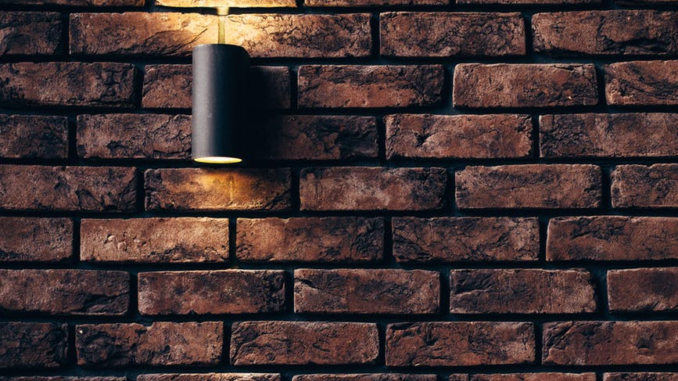
Old television, 20 year old lamps, cassette tapes and radio. Simply can’t let go of this things?
According to the 2011 American Housing Survey conducted by the U.S. Census Bureau, the average U.S. home just turned 40. While this may seem insignificant to many, given the breakthroughs in energy efficient technologies for the home over the last 40 years, a majority of American homeowners may be spending thousands on their energy bills each year needlessly. One of the biggest advances in home energy efficiency has been the introduction of ultra-high efficiency windows able to save homeowners 30% or more on their energy bills. Unfortunately, a number of homeowners have yet to upgrade their home’s windows because they simply don’t understand the technologies that make ultra-high efficiency windows so superior.
Low Emissivity Glass
First introduced for use in residential windows in 1983,Low Emissivity (Low-E) glass is one of the most important components of today’s ultra-high efficiency windows. Low-E glass is coated in a microscopic layer of metallic oxides which helps reduce the amount of infrared (IR)radiation that passes through the glass without significantly affecting the amount of visible light. As a result, windows with Low-E glass help to keep warm air inside on cold days and outside on hot days, lowering the amount of energy needed to maintain a comfortable temperature indoors.
Currently the most energy efficient Low-E glass available is Low-E366, which uses a triple layer of silver oxide combined with alternating layers of anti-reflective metal oxide coatings to help block 64%of IR radiation. In addition, Low-E366 glass blocks 95% of harmful ultraviolet (UV) radiation, which can cause premature aging or fading of materials in your home, damage to sensitive electronic devices and even skin cancer.
Vinyl Frames
Introduced in 1959, it wasn’t until the mid-80’s that vinyl window frames began to grown in popularity over wooden and aluminum window frames. Vinyl window frames proved less susceptible to warping, swelling and cracking in extreme weather and temperature fluctuations, unlike wood. These types of frames also did not transfer heat and cold like aluminum window frames, making it a much more energy efficient material. Over the last 30 years advances in vinyl window production techniques and formulations have helped vinyl windows to become even more energy efficient and durable. Most recently some manufacturers have developed specially formulated vinyl window frames that are exceptionally resistant to intense UV rays, preventing them from fading or cracking.
Insulated Glass
Another element of window technology that has progressed considerably in recent years is insulated glass. First invented in 1865 by Thomas Stetson, insulated glass consisted of two glass panes, separated by a wooden spacer that created a chamber between the panes of glass, which was then filled with dry air. The air between the glass panes helped to prevent the transference of heat through the window making it much more energy efficient than the traditional single pane windows of the time. Despite this great innovation it wasn’t until the 1930’s that insulated glass became widely utilized.
Over the years research and development eventually led to the even more energy efficient insulated glass. Today most insulated windows are filled with Argon or Krypton gas, both of which are much better insulators that air alone. Manufactures also began using metal spacers between window panes instead of wood in order to make windows more durable, however they soon discovered a few drawbacks to metal spacers. Not only did metal spacers conduct heat and cold making them less energy efficient, the metal also didn’t flex with the window panes when the air pressure within the window changed. As a result many insulated windows with metal spacers suffered from broken seals. This allowed the insulating gas between the window panes to escape and moisture to enter resulting condensation between the glass panes and a loss of the windows insulative properties.
Although metal spacers are still used on a majority of windows today, a few innovative manufacturers have developed high performance window spacer materials that perform better than metal spacers do. Not only do they stop the transference of heat and cold, they are able to flex with the glass panes, maintaining the integrity of the window seal.
Author Bio:
For the past 18 years, 303Windows has been dedicated to providing their customers the best service possible. As part of their commitment to their customers, 303-Windows installs only Amerimax Windows. Built to meet the altitude, temperature extremes and UV exposure demands of Colorado, Amerimax Windows are renowned for their exceptional quality, workmanship and performance. Amerimax Windows are also one of the only window manufacturers that warranties their windows against fading due to UV damage in Colorado.

This is helpful, especially if you are planning to renovate or remodel your home or office. Great ideas for selecting the materials to use.